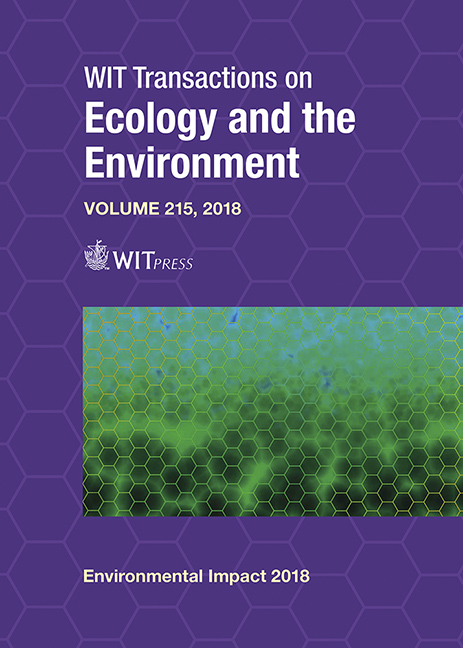CHALLENGES IN CUMULATIVE IMPACT ASSESSMENT: CASE STUDIES FROM CANTERBURY, NEW ZEALAND
Price
Free (open access)
Transaction
Volume
215
Pages
11
Page Range
25 - 35
Published
2018
Paper DOI
10.2495/EID180031
Copyright
WIT Press
Author(s)
BRYAN R. JENKINS
Abstract
As sustainability limits are being reached there is a need to undertake cumulative impact assessments as well as assessments of a project’s environmental effects. In Canterbury sustainability limits were being reached in relation to water availability for further irrigation development and in relation to water quality decline due to diffuse pollution from land use intensification associated with irrigation. This paper identifies some of the challenges in cumulative impact assessment from the experience of its application to water management in Canterbury. The modelling of cumulative effects on Lake Benmore water quality due to land use intensification in the Mackenzie Basin indicated the problems of modelling uncertainties in setting catchment load limits. The setting of limits on extraction from the Rakaia-Selwyn groundwater zone indicated the need to review all existing consents for groundwater extraction to add constraints to manage cumulative extraction effects. Setting nitrogen limits on land use in the catchment of Wainono Lagoon highlighted the need to consider the equity in allocation of limits not only among existing users but also between existing users and new users. In the Hurunui catchment, the implementation of nitrogen limits on land use led to the establishment of farmer collectives to manage the cumulative effects together with farm environmental plans to manage individual farmer contributions. The development of a water quality management strategy for the Hinds Plains identified that a catchment approach using managed aquifer recharge was more cost-effective than on-farm advanced mitigation measures. These examples highlight the challenges and progressive approaches beyond project level EIA that are needed to manage cumulative effects.
Keywords
cumulative effects, water management, complex models, equitable allocation, institutional arrangements, mitigation cost-effectiveness





